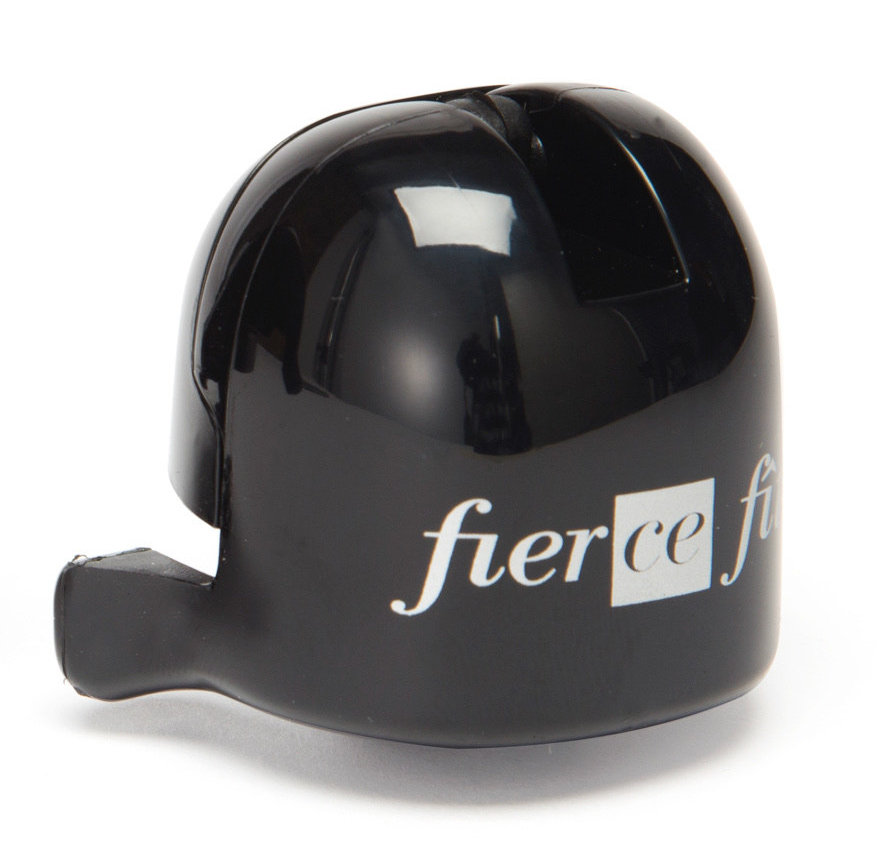A guided tasting with our 5 senses
Champagne is a wine, the king of wines!
Champagne is a matter of patience in all its elaboration stages and its tasting is no exception to this rule.
Everyone is free to adopt the analysis method he prefers, but for those who want to appreciate Champagne with more finesse there are some tips to follow.
Relying on our five senses, we begin with the visual analysis, which allows us to appreciate the color of Champagne, which differs according to the grape varieties and types of Champagne.
The yellow nuances with green shadows are typical of Chardonnay while the black grapes offer rosy, even golden reflections. Over the years, all the wines evolve towards the characteristic golden color, the "Champagne" color.
In this first phase we can also analyze the quality of the effervescence which must be very fine. At the same time our hearing transports us to a universe of elegance thanks to the music created by the effervescence.
Next, the olfactory analysis provides us with information on the grape varieties, but also on the processing and assembly techniques. Each grape variety has a different aromatic expression: the Chardonnay expresses seeds fruits, citrus fruits and white flowers with a mineral imprint (Blanc de Blancs Grongnet) and subsequently bread, acacia, and iodine (L'Inconnue Fabien Bergeronneau). The Pinot Noir exudes stone fruit aromas on a slightly smoky background and the Meunier stands out with notes of red fruits and apple. Each of the cépages evolves over time towards the aromas of dried fruit and spices, according to its style and life cycle.
The variety of aromas is usually symbolic of an assembly: scents of cherries, roses, mint and fresh meat with the paradox of being elegant and animal at the same time.
Finally the long awaited moment arrives, the tasting! On the palate, the effervescence could mislead us, so we will analyze the relationship of these four parameters, in order of importance: acidity, sugar, effervescence and vinosity, in order to reconstruct the personality of Champagne.
Since Champagne is a tactile wine, we can actually refer to touch to define its structure. The consistency, the effervescence, the acidity, the sugar, the minerality show the specific structure of each Cuvée.
Is it silk, velvet or linen, cotton?
Defining it helps us to invent pairings with dishes that enhance the flavors, creating, to the delight of our palate, a perfect gustatory harmony. A tender food must be accompanied by a caressing wine with a delicate structure, while a crunchy bite will require a lively and dynamic wine with a strong structure.
To facilitate your tasting and to answer all your questions you can find in our Boutique all the perfect tasting tips for each Cuvée!
Cin cin et à votre santé!

 My bag
My bag
 The Boutique
The Boutique
 Login
Login


